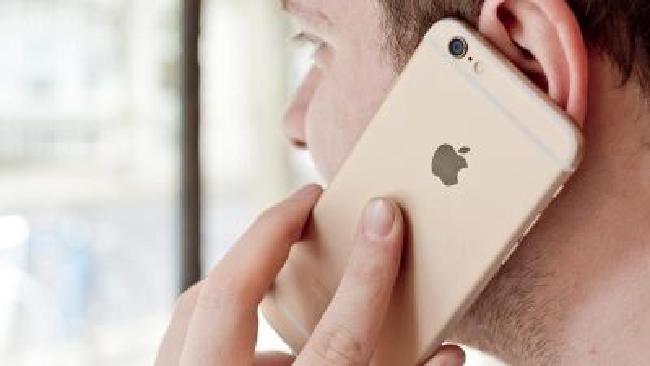Categories
What is 4g calling and do I need it?
4 minute read
For the last few years, our smartphones have relied on the 2G and 3G networks for making calls. When 4G was introduced, it’s sole purpose was to increase data speeds. As a result, 4G wasn’t intended to carry phone calls. As a solution to this, a technology called VoLTE (aka 4G calling) has been developed - but it’s not a perfect solution.
How does 4G calling work?
Because 4G is designed differently to 3G and 2G, it can’t carry phone calls in the traditional manner. VoLTE can be thought of as an add-on to 4G and it transfers phone calls in a similar way to Skype or FaceTime. When 4G calling has been enabled on a smartphone, phone calls can be carried over 4G which means you don’t drop down to 3G or 2G when you make a call. You don’t have to do anything special to use 4G calling, just make a phone call and it will do its magic.

VoLTE wasn’t originally included as part of the 4G standard so smartphones won’t support 4G calling without the mobile network setting up additional software on the phone. This additional software needs to be baked into the operating system, which has an unfortunate disadvantage; your mobile network needs to provide your smartphone. An exception to this rule are newer iPhones which are compatible with 4G calling regardless of where you buy them.
What are the advantages of 4G calling?
The primary advantage of 4G calling is that it provides better call quality. The 4G network has more capacity and faster speeds which means more data can be transferred per second, equating to a much higher quality conversation. If you like, you can think of 4G networks as wide motorways whereas 3G and 2G networks are akin to narrow country lanes.

In addition to better call quality, 4G calling also improves the time it takes to connect with the recipient’s mobile phone. If you dial somebody’s phone number, you’ll notice that there is a slight pause before you hear the ringing. When you have a particularly poor phone signal, this pause might be several seconds. When calling over 4G, you don’t have to wait because the process is almost instantaneous. This is because 4G networks can react much quicker than a 3G or 2G network.
How do I get 4G calling?
In the UK, 4G calling is currently only available on the 4 main networks - O2, Vodafone, Three and EE. None of the virtual networks support 4G calling at the moment, this includes giffgaff. There are various reasons why 4G calling is limited to the big 4 networks, one of which is because 4G calling is a relatively new technology. If you think back to when 4G was first released in 2012, it was limited to the main networks and the virtual networks got access to 4G much later on. Hopefully the same happens with 4G calling, however, even the main networks haven’t perfected the technology yet so it’s worth waiting for the situation to settle down if you ask me.

Once you’ve made sure your network supports 4G calling, your device also needs to support 4G calling. If you bought the device directly from the network within the last year, it’s likely that 4G calling has already been set up. If you bought your smartphone elsewhere, then it most likely won’t support 4G calling on your network. If you’re in any doubt about this, I’m sure customer services would be happy to help.
Conclusion
Are you using a smartphone that uses 4G calling? Do you like the idea of making phone calls over the 4G network? Feel free to share your comments and opinions in the comments section.
For the best smartphones with a 30-day money back guarantee, check out the giffgaff store.




